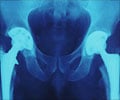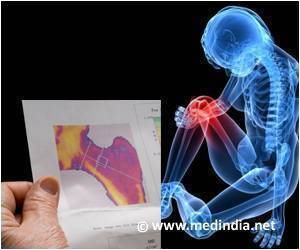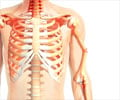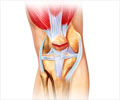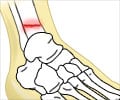A novel machine learning method designed helps identify and classify hip fractures. The machine learning process has shown to outperform human clinicians.

The research team, from Bath’s Centre for Therapeutic Innovation and Institute for Mathematical Innovation, as well as colleagues from the Royal United Hospitals Trust Bath, North Bristol NHS Trust, and Bristol Medical School, set about creating the new process to help clinicians make hip fracture care more efficient and to support better patient outcomes.
They used a total of 3,659 hip X-rays, classified by at least two experts, to train and test the neural networks, which achieved an overall accuracy of 92%, and 19% greater accuracy than hospital-based clinicians.
Effective treatment is crucial in managing high costs
Hip fractures are a major cause of morbidity and mortality in the elderly, incurring high costs to health and social care. Classifying a fracture prior to surgery is crucial to help surgeons select the right interventions to treat the fracture and restore mobility and improve patient outcomes.
The ability to swiftly, accurately, and reliably classify a fracture is key: delays to surgery of more than 48 hours can increase the risk of adverse outcomes and mortality.
Advertisement
In 2019, 67,671 hip fractures were reported to the UK National Hip Fracture Database, and given projections for population ageing over the coming decades, the number of hip fractures is predicted to increase globally, particularly in Asia. Across the world, an estimated 1.6 million hip fractures occur annually with substantial economic burden — approximately $6 billion per year in the US and about £2 billion in the UK.
Advertisement
Rising demand on radiology departments
One critical issue affecting the use of diagnostic imaging is the mismatch between demand and resource: for example, in the UK the number of radiographs (including X-rays) performed annually has increased by 25% from 1996 to 2014. Rising demand on radiology departments often means they cannot report results in a timely manner.
Prof. Richie Gill, lead author of the paper and co-director of the Center for Therapeutic Innovation, says: “Machine learning methods and neural networks offer a new and powerful approach to automate diagnostics and outcome prediction, so this new technique we’ve shared has great potential. Despite fracture classification so strongly determining surgical treatment and hence patient outcomes, there is currently no standardised process as to who determines this classification in the UK — whether this is done by orthopaedic surgeons or radiologists specialising in musculoskeletal disorders.”
“The process we’ve developed could help standardise that process, achieve greater accuracy, speed up diagnosis and alleviate the bottleneck of 300,000 radiographs that remain unreported in the UK for over 30 days.”
Mr. Otto Von Arx, consultant orthopedic spinal surgeon at Royal United Hospitals Bath NHS Trust, and one of the paper co-authors, adds: “As trauma clinicians, we constantly strive to deliver excellence of care to our patients and the healthcare community underpinned by accurate diagnosis and cost-effective medicine.”
“This excellent study has provided us with an additional tool to refine our diagnostic armamentarium to provide the best care for our patients. This study demonstrates the excellent value of collaboration by the RUH and the research leader, the University of Bath.”
The study was funded by Arthroplasty for Arthritis Charity. The NVIDIA Corporation provided the Titan X GPU that carried out the machine learning, through their academic grant scheme.
Source-Eurekalert

